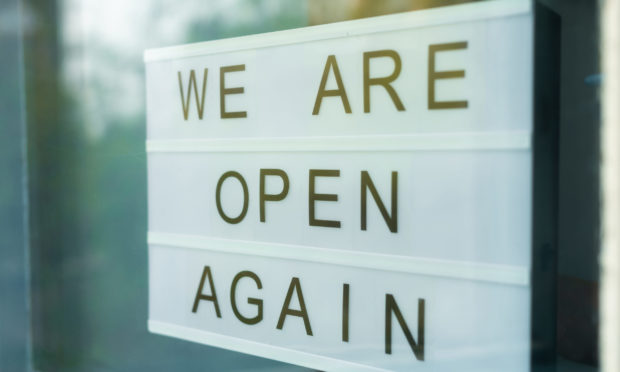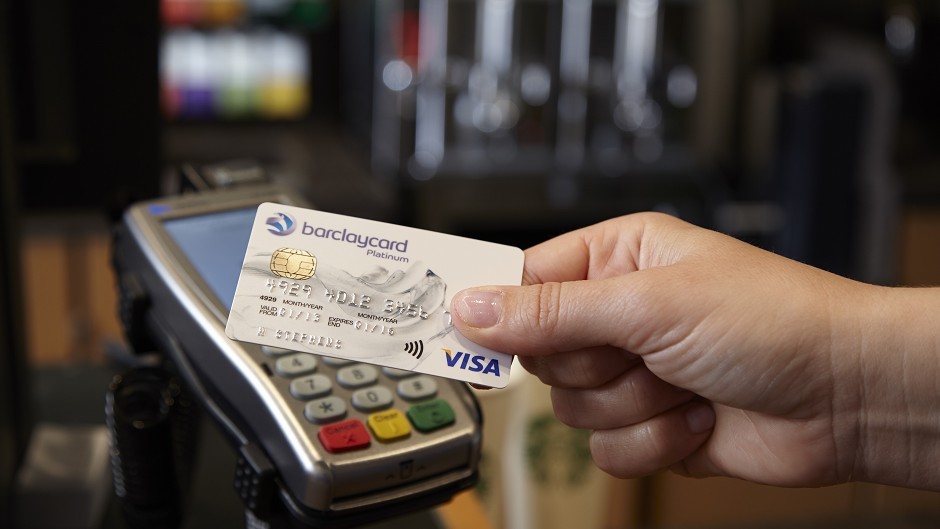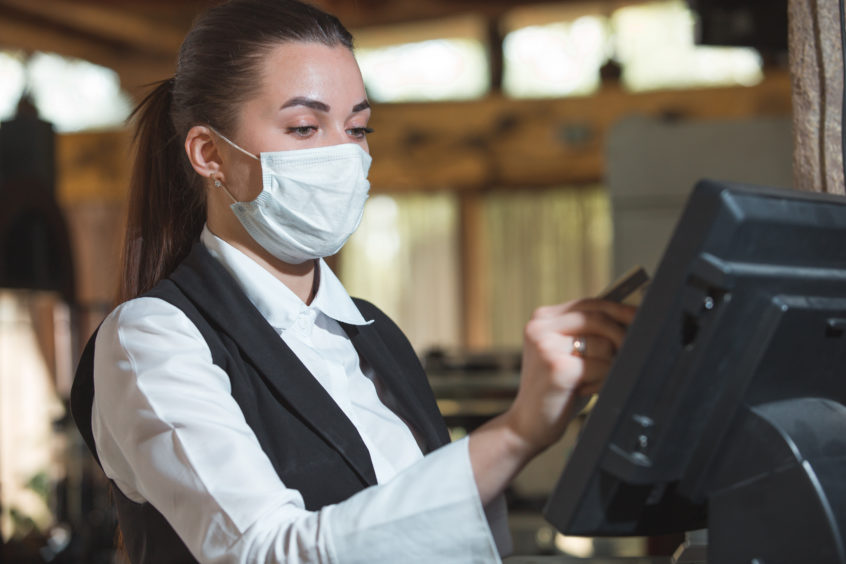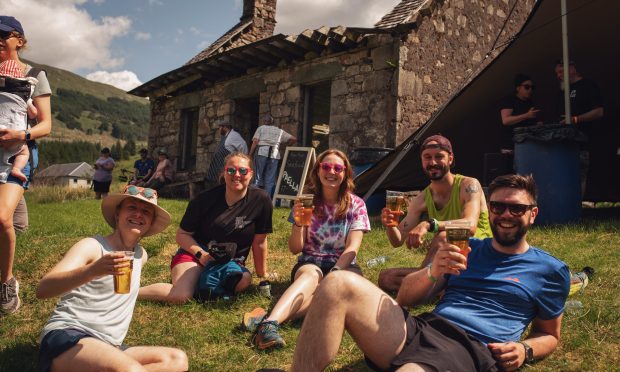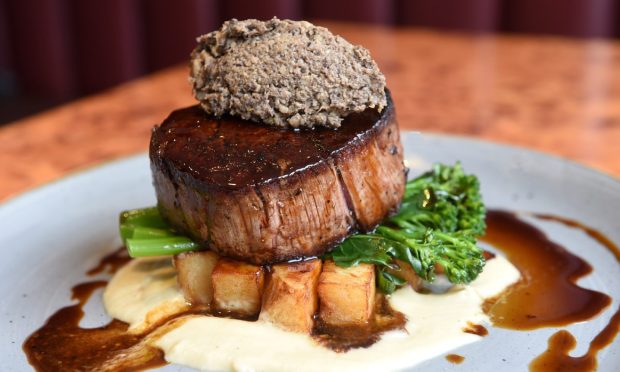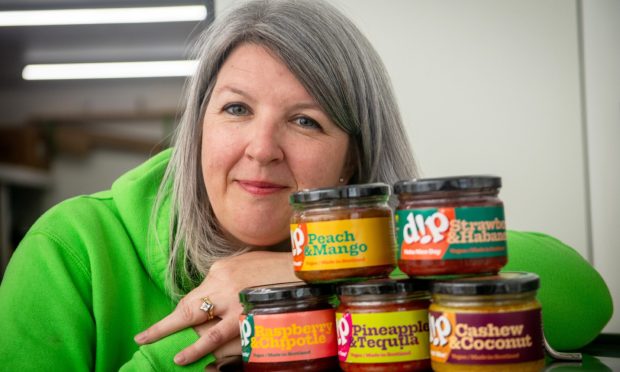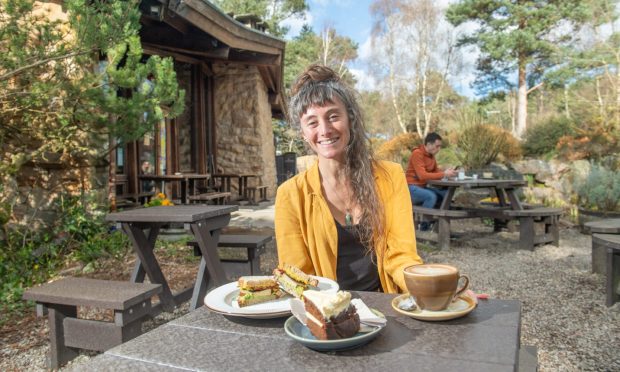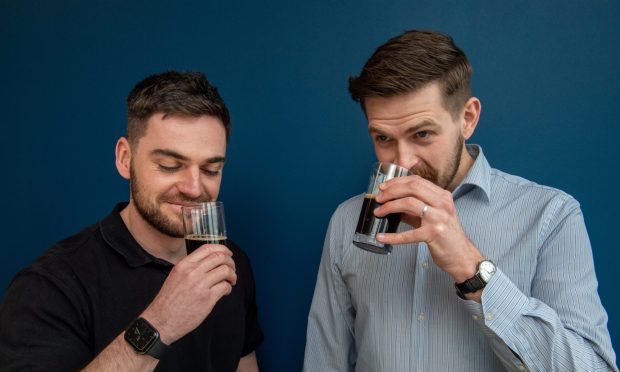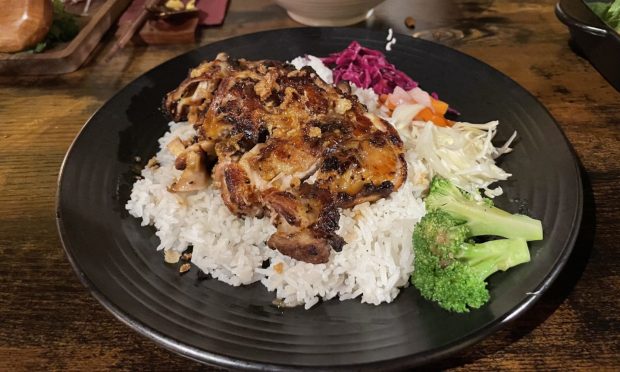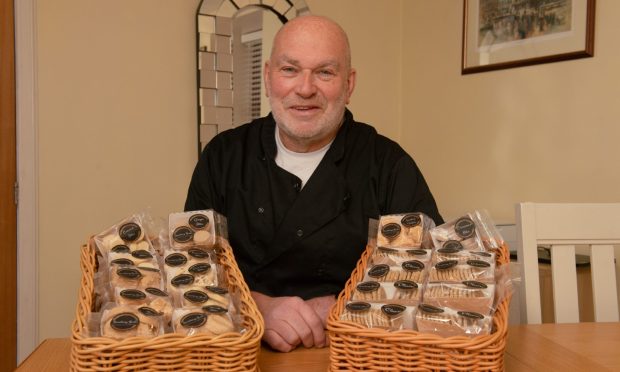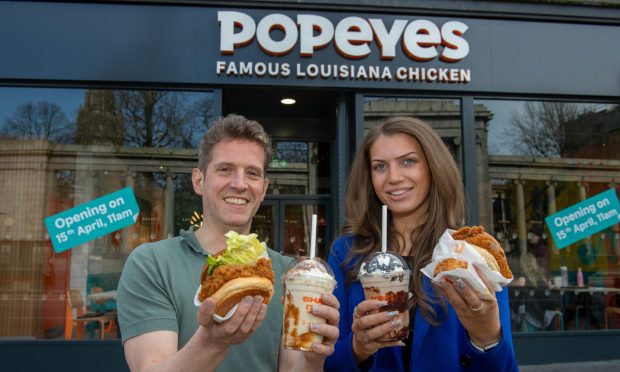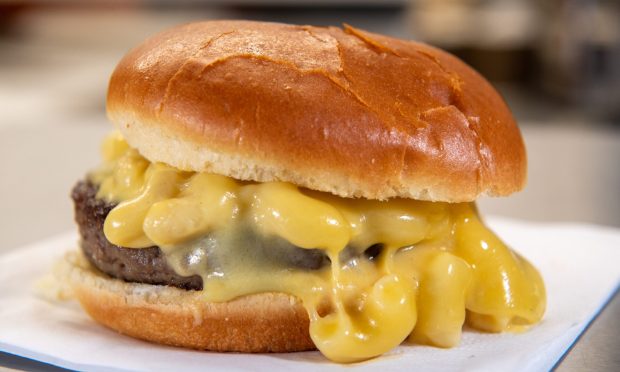Although bars, restaurants and cafes have been able to serve customers outdoors since July 6, they can now fully open for business – but there will be some obvious differences to be aware of when you visit.
Almost four months have passed since most of us have set foot inside a bar or restaurant.
But for those feeling confident enough to get out there again, that’s about to change.
With hospitality businesses allowed to resume indoor service across Scotland from today (July 15), the industry, and customers, can start to get back to something that feels more like normal.
But while pubs, cafes, restaurants and hotels will be working hard to offer a warm welcome, some changes will be obvious from even before you step foot inside the venue.
When on July 2, the First Minister Nicola Sturgeon announced hospitality firms would be among businesses exempted from the two-metre distancing rule – falling instead to one metre – it was based on “mitigating measures” being implemented.
Here’s what you can expect..
Data gathering
It’s worth checking with the bar or restaurant first to see if they are open – many but not all will be – and to see if they require you to book before you go. Whether pre-booking or walking in, you will be asked to provide data such as your name and telephone number and the date and time of your visit will be logged as part of Scotland’s test and protect programme in the effort to help prevent a second wave of Covid-19.
Enhanced hygiene and safe distancing
Those mitigating measures the Scottish Government expects hospitality firms to put in place if they are operating at reduced distancing, include strict hygiene practices which will typically involve using hand sanitiser on arrival. They also incorporate safe access arrangements, potentially with markings around entrances to prevent guests from standing too close together.
Expect to see screen separators in place between tables at many venues. They are also expected to provide clear signage at entry points and throughout the premises to remind customers they are within a one-metre physical distancing zone.
Safe ordering and payment systems
Even before Covid-19 there was talk of Britain moving towards becoming a cashless society. That may be good news for some, but those used to paying with coins and notes should be aware that many premises will now expect contactless payment, or payment with a debit or credit card. That’s because the coronavirus can exist on different surfaces for varying periods of time and therefore, in the interests of hygiene, it’s advised we minimise contact points with others, including exchanging cash.
That’s also true of menus, so you can expect that most businesses will offer the opportunity to browse and order via an app or QR code using your phone, or you will be given a disposable paper menu.
Seating only
The Scottish Government guidance for the hospitality sector states that standing areas around bars can become crowded making even one-metre physical distancing difficult. They therefore suggest customers should be seated in both pubs and restaurants. Expect, too, to see some system in place around using the toilets to avoid customers grouping together as they wait to use the facilities.
Face coverings for staff
The guidance around masks and face covering for staff states: “While face coverings for customers is not practical in an eating and drinking environment, they should – where necessary – be made available for staff to afford them and others added protection, such as in front-of-house roles.” In practice that means that staff serving and seating you are advised to wear some form of face covering.
Low background noise
In an effort to reduce the spread of the virus, health officials want to limit the possibility of airborne transmission by preventing people from having to shout or lean close to others to be heard. That means the level and volume of music and other background noise, such as live sports on TV, will have to be kept low in bars and restaurants.
